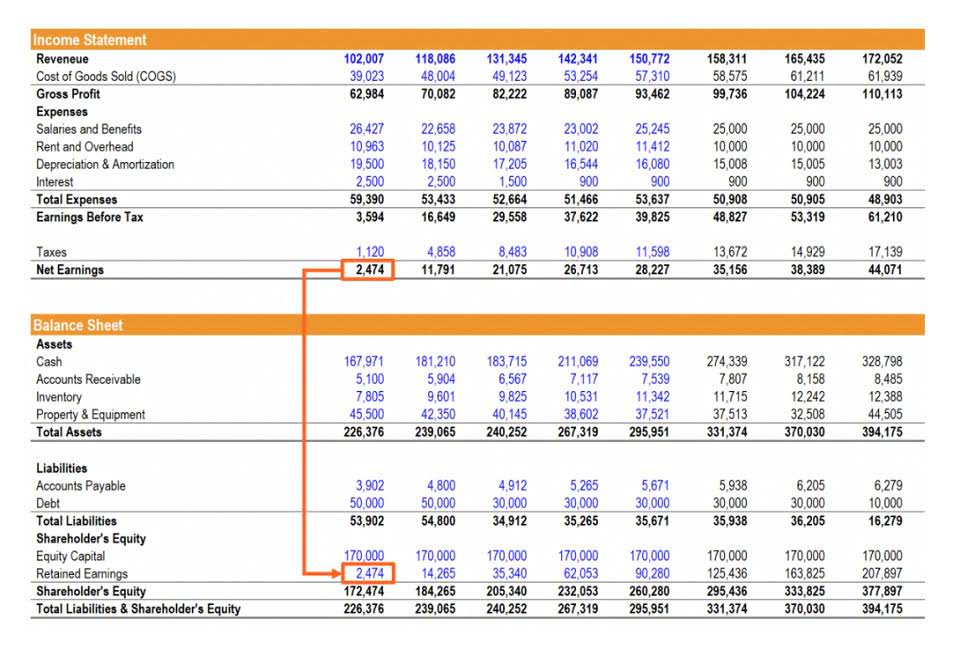
Y/E (The accounting abbreviation for year-end) – Signifies the company’s closing month of the accounting year. ROE (Return on equity) – A measure of what does outstanding check mean how profitable a company is relative to the money that shareholders have invested in it. REIT (Real estate investment trust) A company that owns and operates a portfolio of real estate assets. MTM (Mark-to-market) – Mark-to-market accounting is a method to determine the value of an asset that can fluctuate over time.
Navigating Crypto Frontiers: Understanding Market Capitalization as the North Star
While this may help you take advantage of early payment discounts and lead to stronger supplier partnerships, it could reduce the cash available for day-to-day operational expenses. Along with a third metric, days inventory outstanding (DIO), DPO and DSO are part of the cash conversion cycle (CCC), which measures the amount of time it takes to convert inventory into cash. Outline penalties or interest charges for late payments and include them in your contracts to ensure alignment from day one. Incentivize customers to bookkeeping pay sooner with discounts for upfront or early payments—like a small percentage off if they pay within 10 days.
Accounting for an Outstanding Check

Crucially, it represents a deviation from an ideal state of immediate settlement and requires active monitoring and management. With all your financial data in a unified dashboard, you can quickly analyze monthly spend across your entire business and find opportunities to optimize cash flow. DPO measures the average amount of time you take to pay invoices, but it’s not the same as payment terms. Payment terms refer to the conditions agreed upon with your suppliers—such as net 30 or net 60—which set the deadline for payment. In simple terms, DSO tracks incoming cash flow, while DPO tracks outgoing cash flow.

What Is an Outstanding Check?
This results in a credit of the invoice amount to the encumbrance account, reducing its balance. Then, the procuring company converts the encumbrance into an expenditure by transferring the transacted items from the encumbrance account into accounts payable. Budgetary control involves additional processes such as validating transactions to determine whether spending is permissible or whether sufficient funds are available. Encumbrance accounting is only concerned with creating encumbrance journal entries for documents such as purchase requisitions and purchase orders. IDC MarketScape vendor analysis model is designed to provide an overview of the competitive fitness of technology and suppliers in a given market. The Capabilities score measures supplier product, go-to-market and business execution in the short-term.

This helps maintain good relationships with suppliers and prevents the accumulation of Debt to Asset Ratio overdue payments. Managing outstanding payments is crucial for maintaining a healthy cash flow and ensuring the financial stability of a business. Effective management involves not just pursuing overdue payments but also implementing collection strategies to prevent delays from occurring in the first place. By adopting a proactive and systematic approach, businesses can improve their collection processes, enhance customer relationships, and maintain a steady cash inflow.
These are long-term investments that are expected to produce benefits over multiple years. A refundable tax credit for low-to-moderate income working individuals and families in the US. It’s designed to encourage and reward work, as well as provide financial assistance to those struggling to make ends meet. When using DSO to compare the cash flows of a number of companies, you should compare companies within the same industry, with similar business models and revenue numbers. If you try to compare companies in different industries and of different sizes, the results you’ll get will be misleading because they often have very different DSO benchmarks and targets. As a metric attempting to gauge the efficiency of a business, days sales outstanding comes with a limitation that is important for any investor to consider.
This differentiates them from deferred or advance expenses, which are paid in advance and recognized later. Outstanding expenses relating to services or goods already received must be accounted for immediately. This dual-entry system preserves the balance and ensures that financial statements are complete and accurate. Banks may accrue interest monthly, but the payment might be due quarterly or annually. The accrued portion up to the balance sheet date becomes an outstanding expense.
In such cases, make your best estimate based on historical data or current usage patterns. It’s better to have a reasonable estimate than to ignore the expense entirely. For instance, if your regular salary expense for the year is $48,000, and you have outstanding salaries of $4,000 at year-end, your Profit and Loss Account would show total salary expenses of $52,000.
- BVPS (Book value per share) – This refers to the per-share book value of a business based on the shareholders’ equity.
- You can also call or write to remind the payee that the check is outstanding.
- If the payee keeps any outstanding check for too long, then it runs the risk of getting void.
- FPA (Financial performance analysis) – Examining a company’s financial statements to assess its financial health and performance.
- Outstanding expenses relating to services or goods already received must be accounted for immediately.
- The expenses that are outstanding will remain in the balance sheet as the current liabilities.
Get the latest HR tips and insights in our monthly newsletter.
The effective management of AP is essential so that a company has enough to pay its bills and has a stable cash flow. Outstanding accounts receivable (AR) is money that customers owe you for goods or services you’ve already delivered but haven’t been paid for yet. It’s a crucial part of your cash flow and has a direct impact on how much money your company has to work with day-to-day. Of course, merely increasing the number of outstanding shares is no guarantee of success; The company has to deliver consistent earnings growth as well. Aging makes it easier for companies to recognize probable cases of bad debt, stay on top of outstanding invoices, and keep unpaid bills to a minimum.
- Outstanding checks are checks that have been issued but not yet presented for payment or cleared by the bank.
- Outstanding shares decrease if the company buys back its shares under a share repurchase program.
- The financial snapshot of a company’s assets, liabilities, and equity at a specific time.
- They are also casually known as expenses due but not paid, unpaid expenses, arrears, overdue expenses, etc.
- MC (Management consulting) – Providing advice to companies on how to improve their business operations.
- When using DSO to compare the cash flows of a number of companies, you should compare companies within the same industry, with similar business models and revenue numbers.
- When a company is incorporated, it drafts a corporate charter that dictates the number of shares the corporation has to issue.
These situations represent timing gaps between transactions occurring versus clearing through the banking system. By adjusting for deposits not yet credited and cheques not yet deducted, businesses can accurately match internal cash records to the bank statement. This article explains what outstanding lodgements are and why they matter for precise financial reporting and fraud prevention. Overall, the consequences of not managing outstanding checks can be detrimental to the financial well-being of a business.